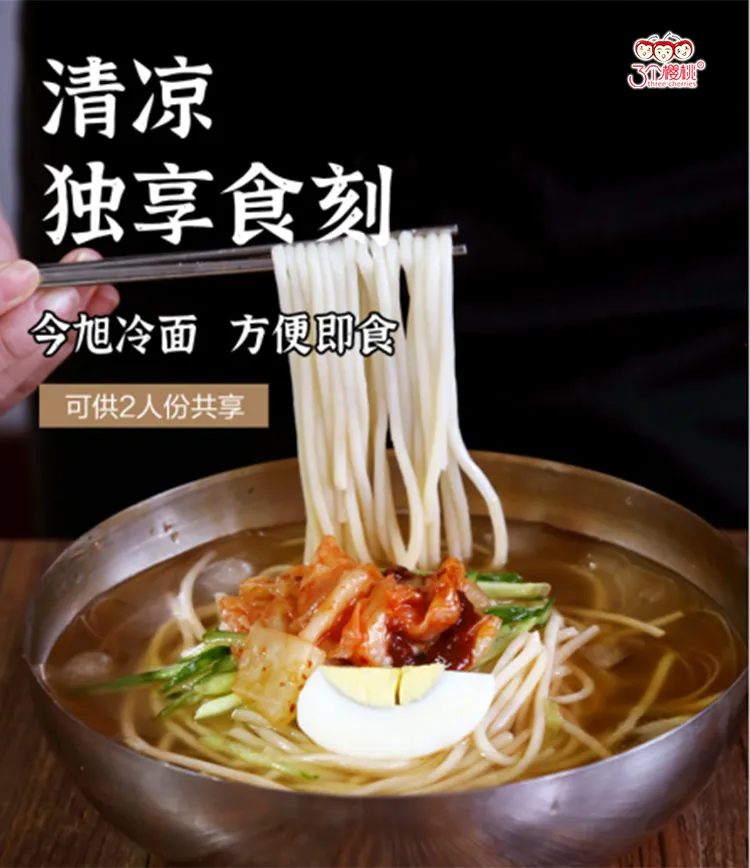Artisan Japanese Noodles Crafted by Hand for Authentic Culinary Experience
The Art of Handmade Japanese Noodles
Japanese cuisine is renowned for its delicate flavors, fresh ingredients, and meticulous preparation methods. Among its many culinary treasures, handmade Japanese noodles stand out not only for their taste but also for the artistry involved in their creation. Whether it’s the chewy texture of udon or the silky strands of soba, the process of crafting these noodles by hand is a profound expression of Japanese culture and culinary heritage.
The Tradition of Noodle Making
The art of noodle making in Japan dates back centuries, with roots that are deeply embedded in the country’s history. Each type of noodle has its own unique preparation method, highlighting the diversity of Japanese cuisine. Typically, there are three main types of noodles that are handcrafted udon, soba, and ramen.
Udon are thick, wheat-flour noodles known for their hearty texture. Making udon requires a simple combination of flour, water, and salt. The dough is kneaded vigorously by foot, in a traditional style, which gives the noodles their characteristic chewiness. This ancient method not only enhances the noodles' texture but also ensures that each batch is unique, as slight variations in the process yield different results.
Soba noodles, on the other hand, are made from buckwheat flour, giving them a distinctive nutty flavor. The process for making soba is often considered more delicate than that of udon. The buckwheat flour is mixed with a smaller amount of wheat flour to provide elasticity, and the dough is rolled out thinly before being cut into fine strands. This careful technique requires great skill and precision to achieve the perfect thickness and texture.
Ramen, perhaps one of the most celebrated types of Japanese noodles in recent times, can be made using various flours and is characterized by its rich, savory broth. The dough for ramen noodles is typically mixed with kansui, an alkaline mineral water that gives ramen its unique chewiness and yellow hue. Each region in Japan has its own twist on ramen, embodying local flavors and ingredients, which makes it an exciting culinary experience.
The Influence of Ingredients
handmade japanese noodles

The quality of handmade Japanese noodles is heavily influenced by the ingredients used. For instance, the choice of flour can significantly impact the texture and flavor of the noodles. High-quality wheat flour is essential for udon, while the type of buckwheat used for soba can vary widely, affecting the taste and color. In addition, regional differences in water quality can also play a crucial role in noodle making, with artisans often using local water to achieve the best results.
Furthermore, the toppings and broths that accompany these noodles are just as important. A simple bowl of udon can be elevated with toppings such as tempura, green onions, and a rich soy-based broth, while soba is often enjoyed with a dipping sauce made from soy sauce, mirin, and dashi. Ramen enthusiasts delight in the various broths that range from miso to tonkotsu (pork bone), each contributing its own unique flavor profile.
The Cultural Significance
Handmade noodles are more than just a meal; they are a representation of Japanese culture and values. The meticulous craftsmanship involved in making these noodles reflects the Japanese philosophy of monozukuri, or the spirit of craftsmanship. It emphasizes mastery, attention to detail, and a deep respect for the ingredients. This philosophy is evident in how noodle artisans, or menya, dedicate years to perfecting their craft, often passing down their techniques through generations.
Moreover, handmade noodles play a vital role in Japanese festivals and gatherings, symbolizing longevity and prosperity. During special occasions like New Year celebrations, soba noodles are traditionally eaten to signify the crossing into a new year with good fortune.
Conclusion
In conclusion, handmade Japanese noodles are a delightful blend of tradition, culture, and culinary expertise. From udon to soba to ramen, each type of noodle tells a story of its origin, ingredients, and preparation. As we savor these unique flavors, we also appreciate the rich heritage they represent, making every bowl a celebration of both taste and tradition. Therefore, the next time you indulge in a bowl of handmade noodles, take a moment to reflect on the artistry and craftsmanship that brings this beloved dish to life.
-
Unleash Your Inner Chef with Delectable Italian Pasta CreationsNewsAug.01,2025
-
Savor Health and Flavor: Irresistible Soba Noodles for Sale Await!NewsAug.01,2025
-
Nourish Your Body with Premium Organic Ramen - A Culinary Delight AwaitsNewsAug.01,2025
-
Elevate Your Dishes with Our Exquisite Kinds of Egg NoodlesNewsAug.01,2025
-
Dive into Flavorful Convenience with Our Ramen OfferingsNewsAug.01,2025
-
Discover Exquisite Types of Naengmyeon and Chilled Soba NoodlesNewsAug.01,2025
-
Is Whole Wheat Pasta Healthy?NewsMay.30,2025
Browse qua the following product new the we

















































































































